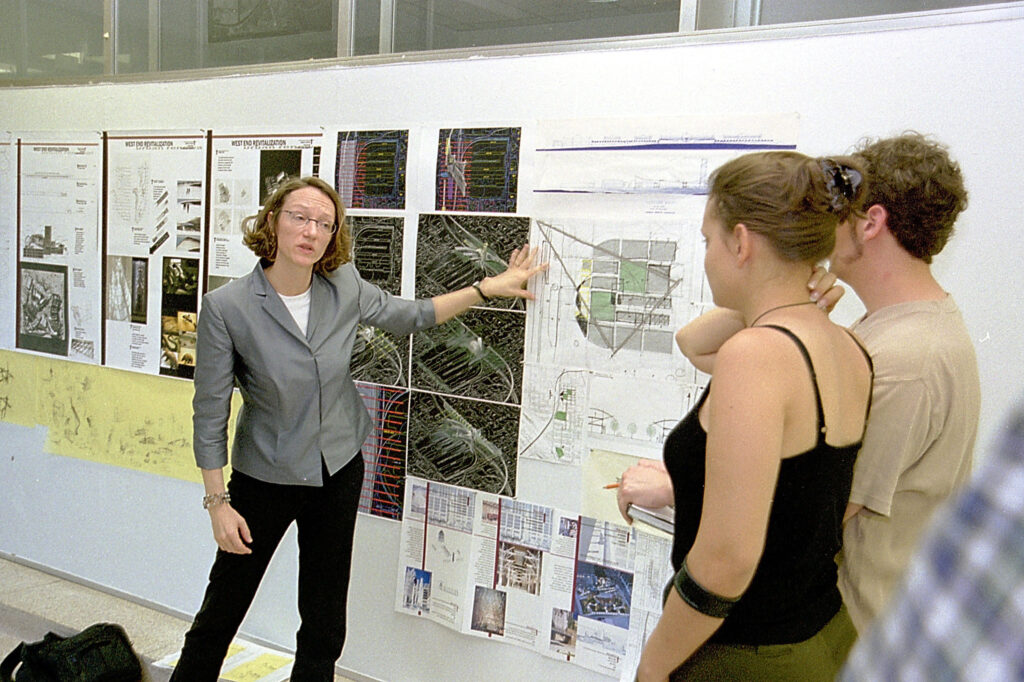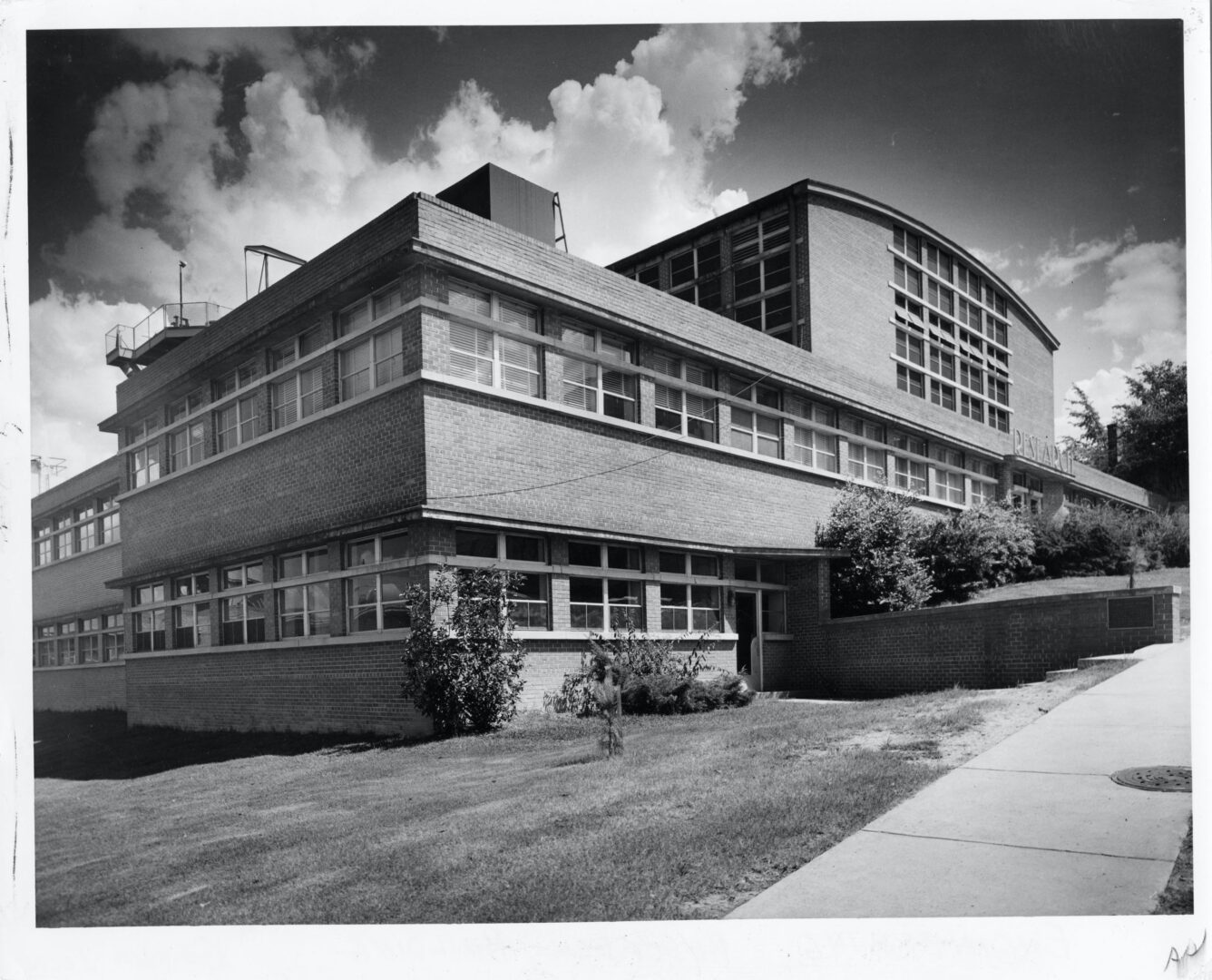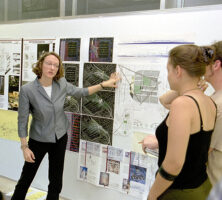The College of Design at the Georgia Institute of Technology offers undergraduate degrees in architecture, building construction, and industrial design. Graduate programs lead to master’s and doctoral degrees in architecture and city planning. The college is home to more than 850 students and 100 full- and part-time faculty.
The Beaux-Arts Years
When the Georgia School of Technology was founded in 1888, there was no architecture program. Student Ernest Daniel “Ed” Ivey, later a principal with the firm of Ivey and Crook, expressed an interest in establishing such a field of study at the engineering school. He gathered several fellow students with similar goals, and in 1908 the architecture department was founded, with Preston A. Hopkins as head. When Hopkins resigned after a year, Francis Palmer Smith, who had been a student at the University of Pennsylvania under Paul Cret, established an academic program of study in the Beaux-Arts tradition. The emphases on drawing, historical study, and a liberal education provided a foundation that resulted in the school’s becoming one of the premier design schools in the country. Graduates from Smith’s era (1909-22) established a classical tradition in Atlanta architecture that reached a level of excellence during the 1920s and 1930s, rivaling the best of the Northeast.
The Bauhaus Influence
After the three-year headship of John Llewelyn Skinner (1922-25), Harold Bush-Brown began the longest term of leadership of the school’s history. During Bush-Brown’s directorship the Beaux-Arts tradition was displaced by a Bauhaus-inspired Modern pedagogy grounded in ideas of functionalism. Like his two predecessors, Bush-Brown designed buildings for the campus, establishing a Neo-Jacobean tradition of dormitories framing his landmark Brittain Dining Hall (1928). When the Paris Prize winner Paul M. Heffernan, fresh from two years at the Ecole des Beaux-Arts in Paris, arrived at Georgia Tech in 1938 to teach senior design, he became associated with the Bush-Brown and Gailey firm, designed the Hinman Research Building (1939, 1947-50), and soon thereafter his Bauhaus-inspired Early Modern–styled “academic village.” This consisted of the Hightower Textile Engineering Building (1948-49, razed in 2002), the Architecture Building (1952), and the Price Gilbert Library (1951-53), a campus ensemble of functionally designed structures, one of the most significant Early Modern complexes in the Southeast.
In 1940 Bush-Brown established an industrial design department, headed by Hin Bredendieck, a graduate of the Bauhaus. When large numbers of students returned from World War II (1941-45) to the expanding architecture school, Bush-Brown hired new faculty from Harvard University in Cambridge, Massachusetts, designers who had studied under Walter Gropius, founder of the Bauhaus in 1919 and its first director. Within a few years the Beaux-Arts character of the school had been displaced by the Bauhaus influence.
One of Bush-Brown’s last contributions was to establish a city planning program in 1954. Two years later he retired, and Heffernan took over as director of the School of Architecture (which had been raised from department status in 1948). Heffernan’s tenure resulted in the establishment of a building construction program in 1958 and expansion from a school in the College of Engineering to the College of Architecture. In 1975, on the eve of his own retirement, Heffernan established the Paris Study Abroad Program.
The Modern College
Dean William Fash oversaw the building of a new architecture building, West Wing (1980), designed by Jerome Cooper. Fash established a Ph.D. program in architecture and planning in 1982 and formed new research centers, including the Construction Research Center (1987). Dean Thomas Galloway arrived in 1992, established the Center for Geographic Information Systems in 1995, and reorganized the Division of Fine Arts into an art and technology program in 1998.

Courtesy of Georgia Tech Communications
Computer-aided design has overtaken freehand drawing, watercolor rendering, and analytiques as visual skills of representation developed for all architecture students. But the school retains its focus on design with strengths in history, theory, and criticism, and it has maintained a high national ranking and a consistent tradition of excellence.
In May 2016 the school announced a name change. Instead of the Georgia Tech College of Architecture, it became the Georgia Tech College of Design.








